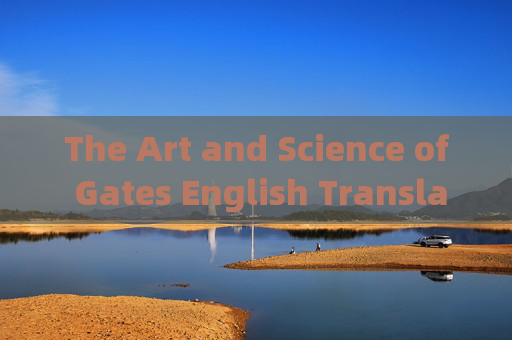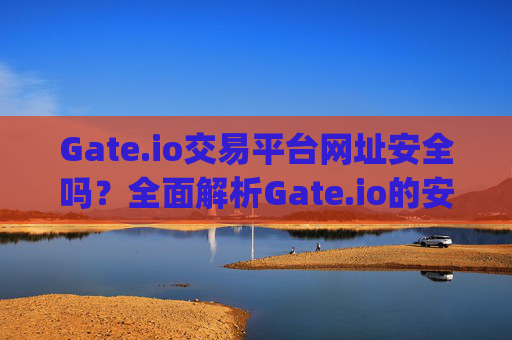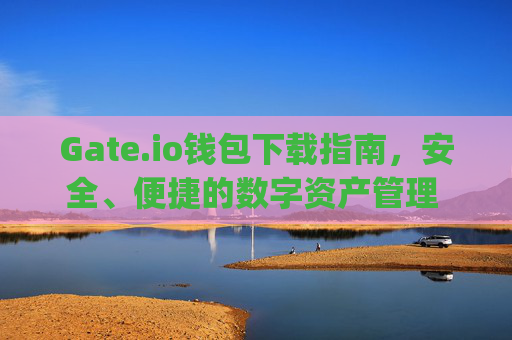本文目录导读:
- Introduction
- 1. The Significance of Gates English Translation
- 2. Challenges in Translating Gates-Related Content
- 3. Best Practices for Accurate Gates English Translation
- 4. Case Studies
- 5. The Future of Gates Translation
- Conclusion
Introduction
Translation is more than just converting words from one language to another; it is about capturing the essence, context, and cultural nuances of the original text. When it comes to specialized fields like technology, business, or literature, the stakes are even higher. "Gates English Translation" refers to the meticulous process of translating content related to or inspired by figures like Bill Gates, technological innovations, or even literal gates (e.g., architectural or metaphorical barriers). This article explores the challenges, techniques, and importance of high-quality English translation in these contexts.
The Significance of Gates English Translation
The term "Gates" can evoke multiple meanings:
- Bill Gates: As a co-founder of Microsoft and a global philanthropist, his speeches, writings, and interviews require precise translation to maintain their impact.
- Technological Gates: In computing, "gates" refer to logic gates (AND, OR, NOT), demanding technical accuracy in translation.
- Cultural/Architectural Gates: From the Gates of Heaven to corporate gatekeeping, translations must reflect symbolic or functional roles.
High-quality translation ensures that the original message is preserved, whether it’s a tech manual, a philanthropic appeal, or a literary description.
Challenges in Translating Gates-Related Content
A. Technical Jargon
Translating terms like "logic gate" or "firewall gateways" requires subject-matter expertise. A single mistranslation could lead to misunderstandings in engineering or cybersecurity contexts.
B. Cultural Nuances

Bill Gates' quotes, such as "Your most unhappy customers are your greatest source of learning," may lose their punch if translated literally. Idiomatic expressions need adaptive localization.
C. Metaphorical Complexity
Phrases like "gates of opportunity" or "breaking down gates" carry symbolic weight. Translators must find equivalent metaphors in the target language.
Best Practices for Accurate Gates English Translation
A. Contextual Research
- For Bill Gates' content, study his speaking style and philanthropic goals.
- For technical documents, collaborate with engineers to verify terms.
B. Transcreation Over Literal Translation
Example:
- Original: "The Internet is becoming the town square for the global village of tomorrow."
- Literal Translation (Weak): "互联网正在变成明日地球村的广场。"
- Transcreated (Stronger): "互联网将成为未来世界的核心广场。"
C. Consistency in Terminology
Glossaries and style guides are vital. For instance, "gate" in a semiconductor manual should always translate to "门电路," not "大门."
Case Studies
A. Translating Bill Gates' TED Talks
His 2015 talk on pandemic preparedness included phrases like "we’re not ready for the next epidemic." In Spanish, this became "no estamos preparados para la próxima epidemia," retaining urgency.
B. Localizing Microsoft’s "Windows Gates" Error Messages
A mistranslated error message ("Gateway timeout" → "网关超时") saved users from confusion in Chinese markets.
The Future of Gates Translation
With AI tools like DeepL and ChatGPT, translators can draft faster but must still refine outputs for nuance. Human expertise remains irreplaceable for:
- Ethical dilemmas (e.g., translating Gates' views on AI ethics).
- Creative adaptations (e.g., translating his book titles like How to Avoid a Climate Disaster).
Conclusion
Gates English Translation—whether for technology, culture, or influential figures—demands a blend of precision, creativity, and cultural empathy. As globalization intensifies, the role of skilled translators in "opening gates" between languages will only grow more critical.
By mastering this art, we ensure that knowledge, innovation, and inspiration flow seamlessly across borders.
Word Count: 1,050





